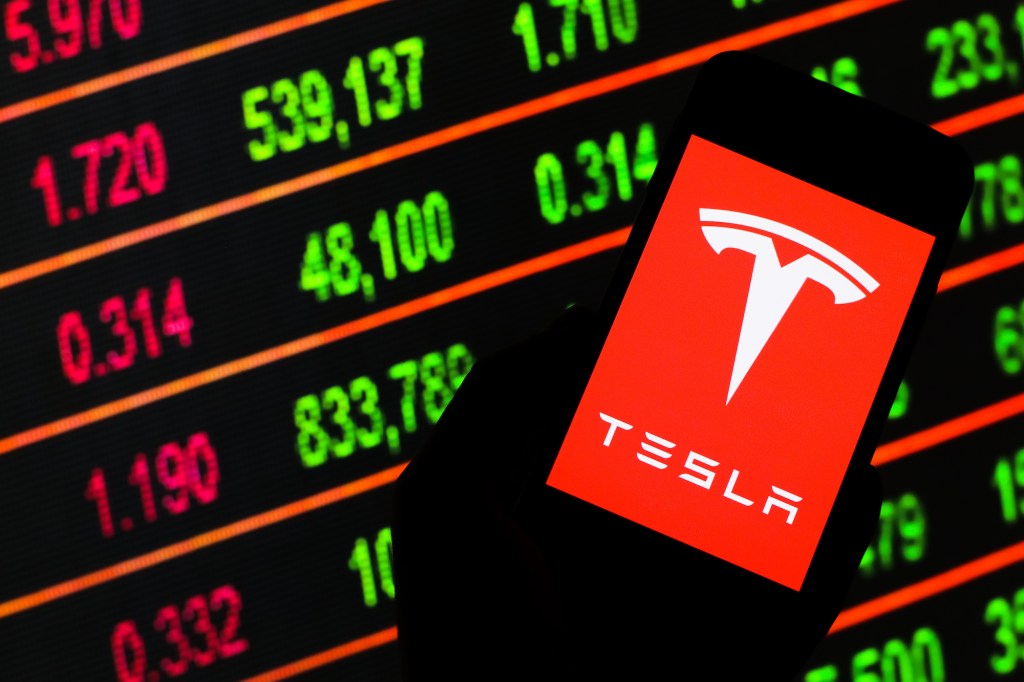
Tesla Reports That Its Cars Catch Fire Way Less Than Others, but Its Data Is Deceptive
Tesla is always in the news, showing off new technology and innovating the EV segment. But the automaker has also been in the headlines for accidents and fires. Car safety is being called into question, and consumers are beginning to wonder if EVs pose a higher risk.
In response, Tesla reminds everyone that its cars catch fire far less frequently than others. However, a deeper dive into the data reveals those statements might be deceptive on the surface.
Tesla EVs catching fire and making headlines
Inside EVs reports that one electric vehicle catches fire for about 205 million miles traveled. That’s a whopping 10 times higher than the average distance driven per fire, around 19 million miles, per the National Fire Protection Association and the U.S. Department of Transportation. And that reflects data from 2012 to 2020. Of those fires, Tesla’s badge is prominent.
The headlines lately, including one from the Washington Post, talk about Tesla’s new Model S Plaid catching fire and momentarily trapping the driver inside when the electronic doors failed to open. The Model S Plaid just launched in June and is already reporting a fire incident. It has many observers questioning the safety of EVs in general and, specifically, Tesla.
The Tesla data seems skewed

Sure, anytime something happens with Tesla, it makes the news. And the media might make it seem like many of its EVs are catching fire. But Tesla points to the data that suggests it’s really an anomaly and not the norm. The automaker says these cases are simply accidents getting publicity because they involve Tesla EVs.
Unfortunately, relying on the data alone, in this case, ignores a few key factors. For example, Tesla is a relatively new company, meaning its vehicles haven’t been on the road for long. And another consideration is the production rate. Tesla makes far fewer cars than other brands. Shifting the fire risks to the gas-powered vehicles really isn’t a fair fight and not an apples-to-apples comparison.
Are EVs safer or more dangerous than gas-powered vehicles?
Tesla EVs aren’t the only ones with problematic lithium-ion batteries going rogue. A quick Wikipedia search pulls up a roster of others cited for safety issues regarding fires, including the Chevy Volt, Fisker Karma, Toyota Prius plug-in hybrid, Mitsubishi i-MiEV, and Dodge Ram 1500 PHEV. And even more dangerous regarding the Tesla incidents is the fact that these fires don’t always happen during crashes but also while some are just parked, The Drive reports.
Some sources suggest EVs are safer for passengers when it comes to reducing risks in crash-related incidents because, in part, most have the latest safety features and technology. And gas does produce a flammable risk, making those vehicles seem more dangerous.
However, fire experts told Business Insider that liquid and dead shorts can lead to spontaneous combustion in a lithium-ion battery. Spontaneous fires involving the Tesla Model 3, Model S, and Model X have all been reported. In response, Tesla pushed an over-the-air update to Model X and Model S fleets in the hopes of enhancing thermal management. But the EV maker says there’s still no real reason for safety or fire concerns and hasn’t issued any recalls or technical service bulletins.
For now, because Tesla is such a new company, with fewer cars in operation, comparing fires in EVs to fires in gas models just doesn’t square well. However you choose to power your car, it’s important to understand the science of flammable gas and short-prone batteries. Fires can happen in either scenario, and it’s probably best to have a plan in place so that you know how to handle them and protect yourself if they occur.


